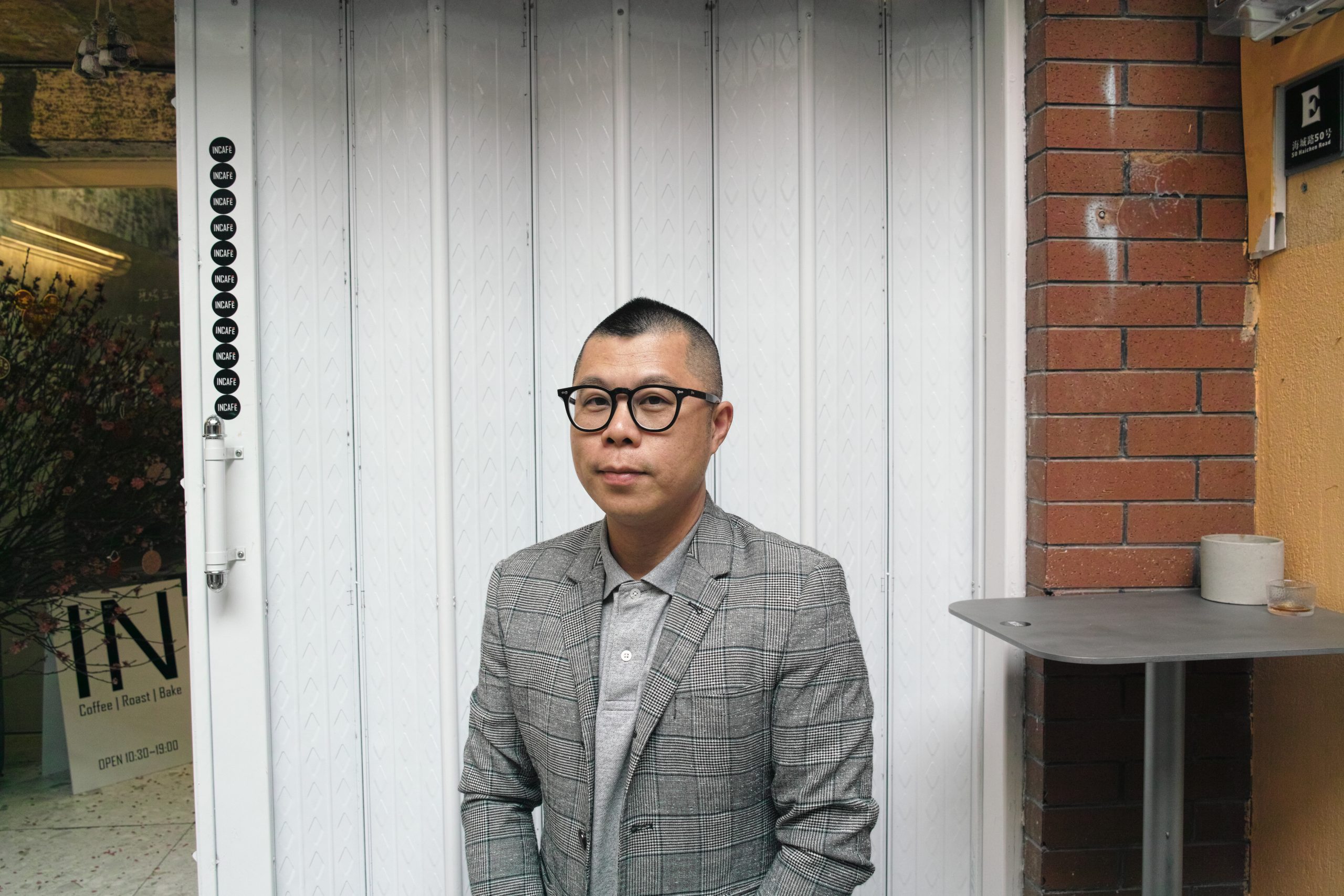Interview with Jinghui Ye, Architect of INGREEN, China

Nasojet Lets You Breathe Better & Makes Tasting Great Again
July 14, 2020
Interview with Skylar Braswell, Copywriter of Miami Ad School, United States
July 15, 2020
Jinghui Ye
Jinghui is an architect at INGREEN, where his expertise lies in overseeing design and space transformation and be responsible for the whole life cycle design of his projects.
Interview with the 2020 MUSE Design Awards Winner - Jinghui Ye
I am a national first-class registered architect. I studied structural science in school, so I have a deep understanding of architectural structure. After graduation, I have been engaged in architectural design, serving some commercial development institutions, and have been constantly improving myself in project practice. In recent years, I want to highlight more "interesting design".
Architecture has always been a comprehensive subject of art and technology. It can make an architect become a magician, you can get something from nothing and, help in regaining its new value.
At present, the overall design work of the company is mainly architectural design and space transformation, and my role in the company is to lead the architect, responsible for the whole life cycle design of the project.
In my opinion, a designer is like a tailor. According to the needs of customers, he can tailor a suit that fits well and looks good to attend a certain place, or even a suit with higher quality than the customers expected.
My favorite design is based on the mutual trust between the owner and the architect. After the owner fully expresses the needs, the architect will play the owner's needs to the extreme according to the cost and conditions. Such a pattern can often produce more interesting designs.
In fact, design is not imaginary. What I need more is a story background belonging to customers. If the user's story background can be integrated, such a building is often able to have a heavy impact on the soul.
The simpler it is, the better it is.
First of all, we should establish a friendship with customers, fully understand the functional requirements of the owner, and then combine the characteristics of the architectural space for functional and aesthetic design.
Every architect needs to have the accumulation of basic culture, and after I accept the culture and education of China, I will subconsciously print some wonderful cultural heritage in my mind, and I have a lot of design inspiration from there. So many people say "design has regional characteristics".
After winning the MUSE Design award, I think this is to give my company and team the recognition of the work results all the time, which also gives us more confidence in the architectural and spatial design of restoration. In the future, we will continue to look for better restoration projects, so that every building can be reborn.
The project is characterized by that we use a very small budget to transform and build in the way of time for money. In this way, we appropriately retain the original appearance of the project and perfectly embody the theme of fashion and retro.
The original building structure is relatively old, so the biggest challenge of this project is to think about how to make it interesting.
I think the award is a summary of my previous design experience and a recognition of my past. And the award is another starting point of my design career, which makes me more confident to face more design project challenges in the future.
Thousands of years of Chinese traditional culture is the unique capital of our design.
The future design will gradually move towards refinement and cultural expression.
A good project does not mean that the more you invest, the easier it will be to succeed. Cherish every project that comes from hard work.
Pay more attention to and participate in international design competitions, which helps to improve the design ability of individuals or enterprises.
Mr. Leoh Ming Pei, the master architect, has inspired many architects, including me.
Treat each project as a new challenge, no matter how hard or easy it is.
Winning Entries
INCAFE · SCHEME | 2020
Residual and non-industrial, INCAFE · SCHEME has restored the ancient ways in soft fashion. It looks outmoded and yet not messy, tattered but...
(read more at MUSE Design Awards)

INGREEN
INGREEN is a architectural and consulting agency that does furniture customizations, architectural concepts and many more.

